Canada’s vast wilderness often steals the spotlight from its urban gems, yet scattered across the country are small cities that serve as gateways to remarkable adventures. These compact centers blend cultural richness with immediate access to breathtaking landscapes—places where a downtown café might be just minutes from a world-class hiking trail or a pristine waterway.
Here is a list of 15 small Canadian cities that deliver outsized adventure opportunities right from their doorsteps.
Nelson, British Columbia

Nestled between the Selkirk Mountains and Kootenay Lake, this former silver mining town has transformed into an outdoor enthusiast’s paradise without losing its Victorian-era charm. The downtown core features more than 350 preserved heritage buildings housing eclectic shops and farm-to-table restaurants that fuel adventures into the surrounding Selkirk wilderness.
Whitewater Ski Resort, just 20 minutes away, receives over 40 feet of annual snowfall, creating legendary powder conditions without the crowds of larger destinations. During warmer months, mountain bikers tackle the extensive trail networks while paddlers explore the crystal-clear waters of the lake—all before returning to a vibrant arts scene that earned Nelson its nickname as the “Queen City” of the Kootenays.
Squamish, British Columbia
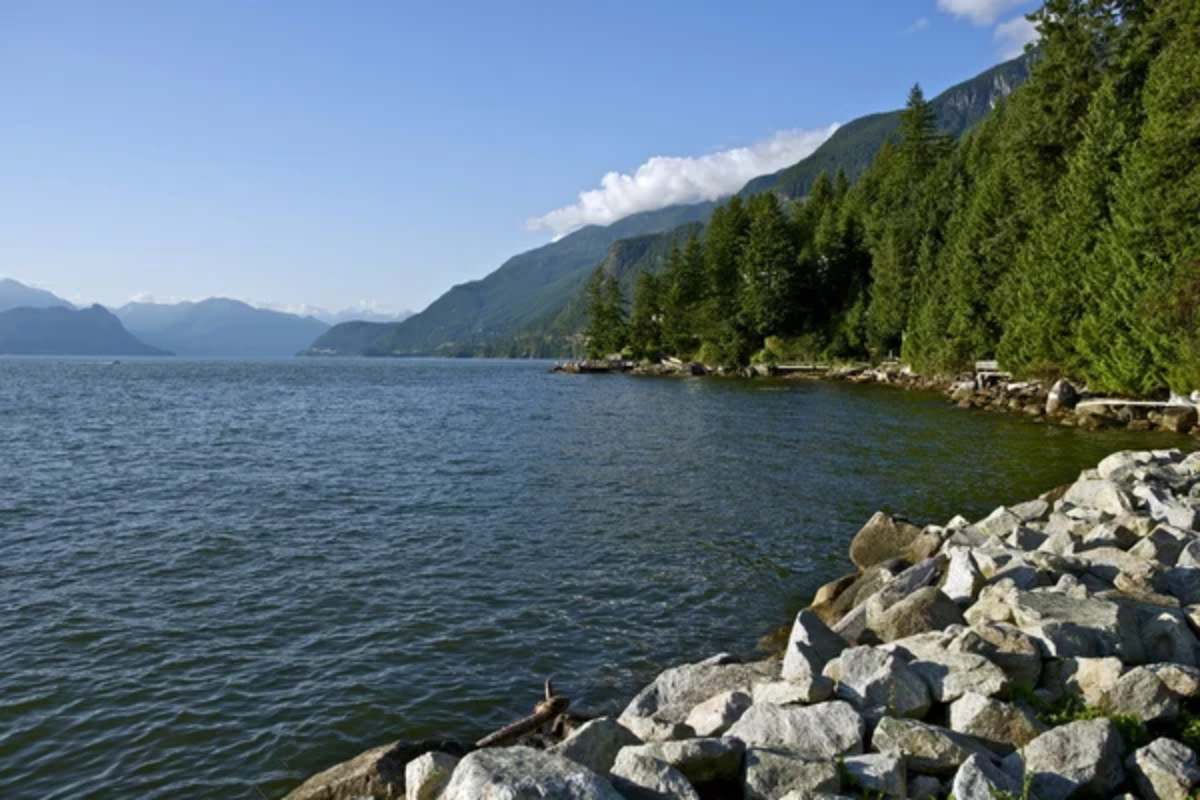
Positioned halfway between Vancouver and Whistler, this once-overlooked logging town has reinvented itself as the unofficial outdoor recreation capital of Canada. The towering granite monolith of the Stawamus Chief draws rock climbers from around the world to test themselves on its sheer faces, while the network of mountain biking trails covering the surrounding hillsides ranges from beginner-friendly paths to technical routes that challenge even professional riders.
Wind conditions on Howe Sound create world-class kiteboarding and windsurfing opportunities just minutes from downtown cafés offering locally roasted brews. The Sea to Sky Gondola provides easy access to alpine hiking with panoramic views extending from ocean waters to snow-capped peaks, making adventure accessible to visitors of all ability levels.
Like Travel Pug’s content? Follow us on MSN.
Gaspé, Quebec
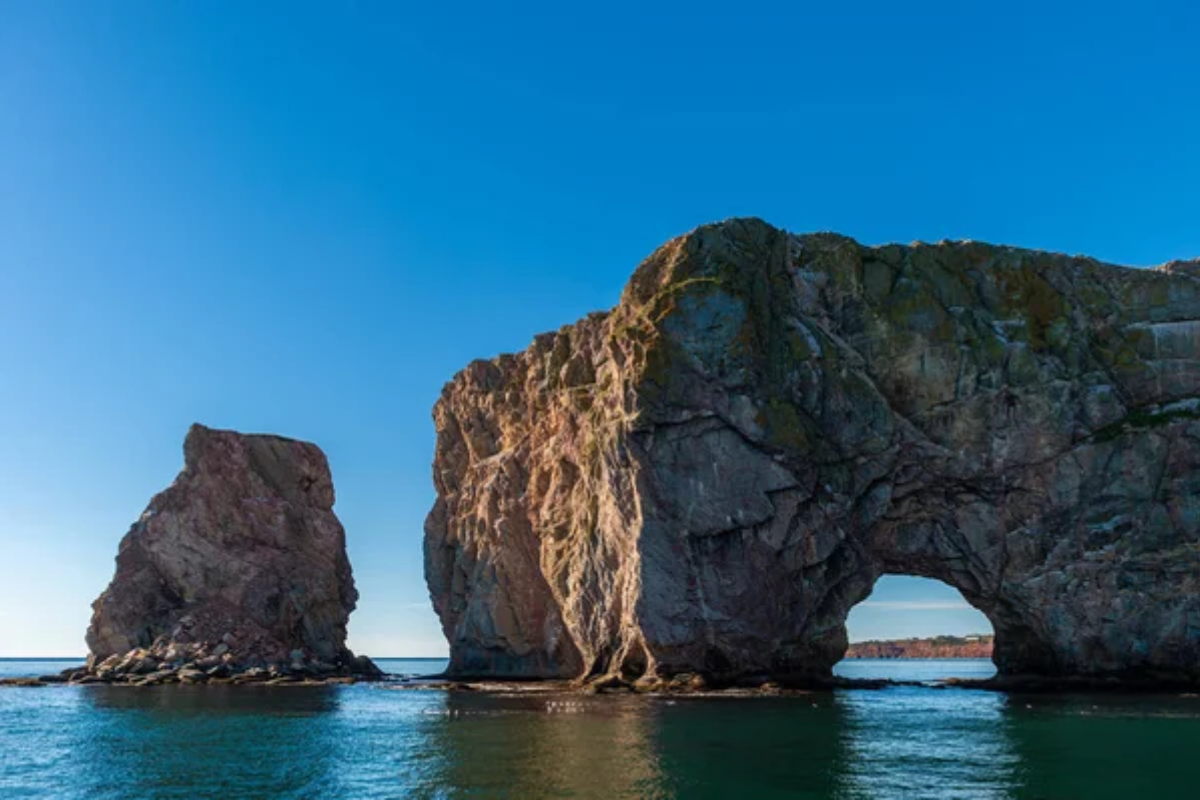
Perched at the easternmost tip of Quebec’s Gaspé Peninsula, this French-speaking harbor town serves as the gateway to some of Canada’s most dramatic coastal scenery. The nearby Forillon National Park offers encounters with seals, whales, and thousands of nesting seabirds along rugged shorelines where the Appalachian Mountain chain finally meets the sea.
Kayakers paddle beneath towering limestone cliffs sculpted into sea caves and natural arches that frame the deep blue waters of the Gulf of St. Lawrence. The town itself wraps around a natural harbor where fishing boats still unload their daily catch before sunrise, maintaining authentic maritime traditions that connect modern adventure seekers to centuries of coastal heritage.
Fernie, British Columbia
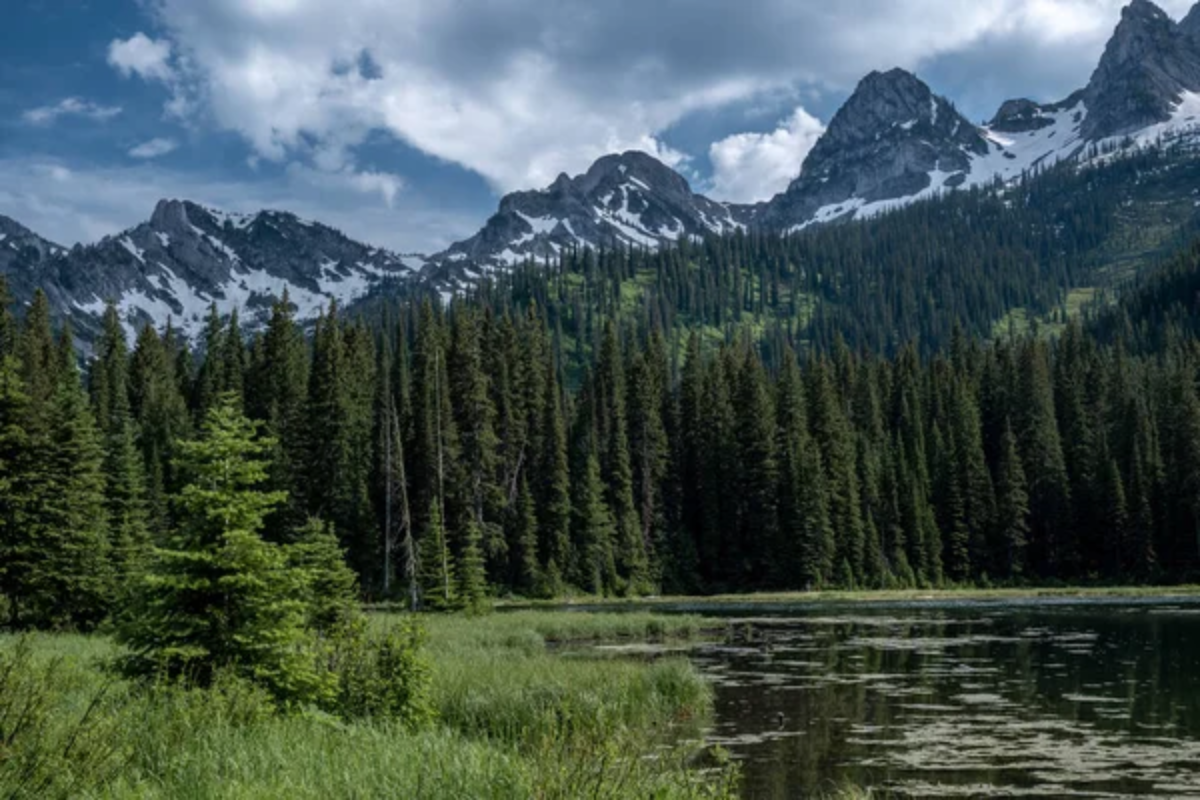
Surrounded by the jagged peaks of the Canadian Rockies, this historic coal mining town receives some of the deepest powder snowfalls in the country—over 30 feet annually blankets the slopes of Fernie Alpine Resort. The compact downtown features brick buildings dating to the early 1900s, now housing gear shops and restaurants serving hearty mountain fare below apartments where seasonal workers chase their snow-filled dreams.
Summer transforms the ski slopes into flowing mountain bike trails, while the Elk River offers fly fishing opportunities for trophy bull trout just blocks from the town center. The dramatic mountain walls encircling the town create a microclimate that locals call “Fernie’s snow globe effect”—trapping moisture and creating legendary snowstorms that have put this small city on every powder hound’s bucket list.
Charlottetown, Prince Edward Island

The birthplace of the Canadian Confederation embraces its maritime heritage while serving as the perfect base for exploring Canada’s smallest province. Compact enough to cross on foot in twenty minutes, the city’s Victorian architecture and waterfront boardwalk create a charming urban environment that transitions seamlessly to coastal adventure opportunities.
Kayaking routes wind through the harbor past historic sites, reaching the open waters of the Northumberland Strait, where curious seals often investigate passing crafts. The extensive Confederation Trail—built on former railway lines—extends from the city into the rolling countryside past red-sand beaches and picturesque fishing villages that seem frozen in time.
The surrounding waters produce the island’s famous shellfish, allowing adventurers to cap their active days with freshly harvested oysters just steps from where fishing boats dock with the day’s catch.
Like Travel Pug’s content? Follow us on MSN.
Canmore, Alberta
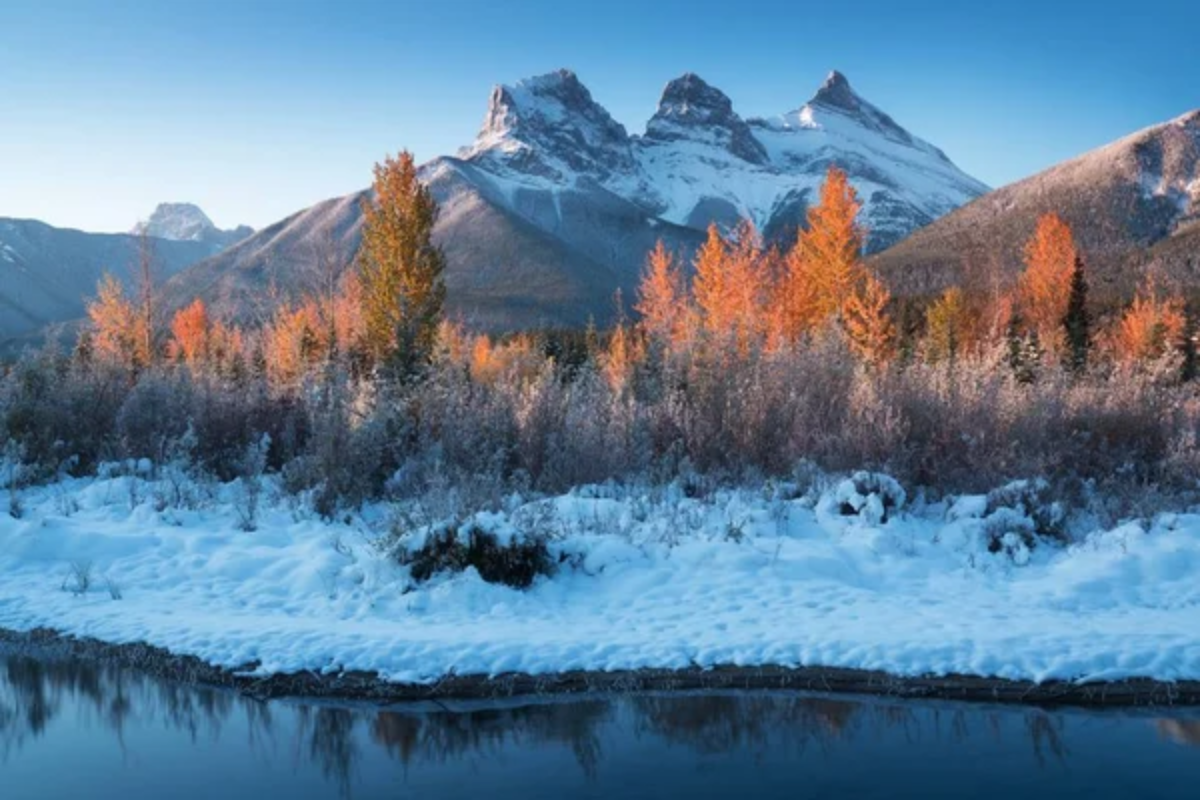
Situated just outside Banff National Park, this former coal mining town offers comparable alpine scenery without the tourist crowds of its more famous neighbor. The dramatic Three Sisters mountain peaks form a backdrop for adventures ranging from technical ice climbing in winter to mountain scrambling during the summer months.
The extensive trail network surrounding the town caters to both serious backcountry explorers and casual hikers seeking wildlife encounters with the elk that frequently wander downtown streets at dawn. Nordic skiing facilities originally built for the 1988 Olympics provide world-class cross-country terrain that continues to attract national teams each winter.
The Bow River flows directly through town, offering fly-fishing and paddling opportunities just steps from locally owned bakeries and brewpubs that showcase Alberta’s growing culinary scene.
St. Andrews, New Brunswick

This historic seaside town on Passamaquoddy Bay combines perfectly preserved 18th-century architecture with remarkable access to the Bay of Fundy’s natural wonders. Whale-watching expeditions depart directly from the town wharf, offering almost guaranteed sightings of humpback, finback, and right whales feeding in the nutrient-rich waters stirred by the world’s highest tides.
Kayakers time their paddles around the 26-foot tidal exchanges that transform the shoreline twice daily, revealing red sandstone sea caves and tidal pools teeming with marine life during low water. The nearby Minister’s Island becomes accessible via a natural land bridge that appears only during low tide, creating a time-sensitive adventure as visitors explore the turn-of-the-century estate before the returning waters reclaim the crossing.
Summerside, Prince Edward Island
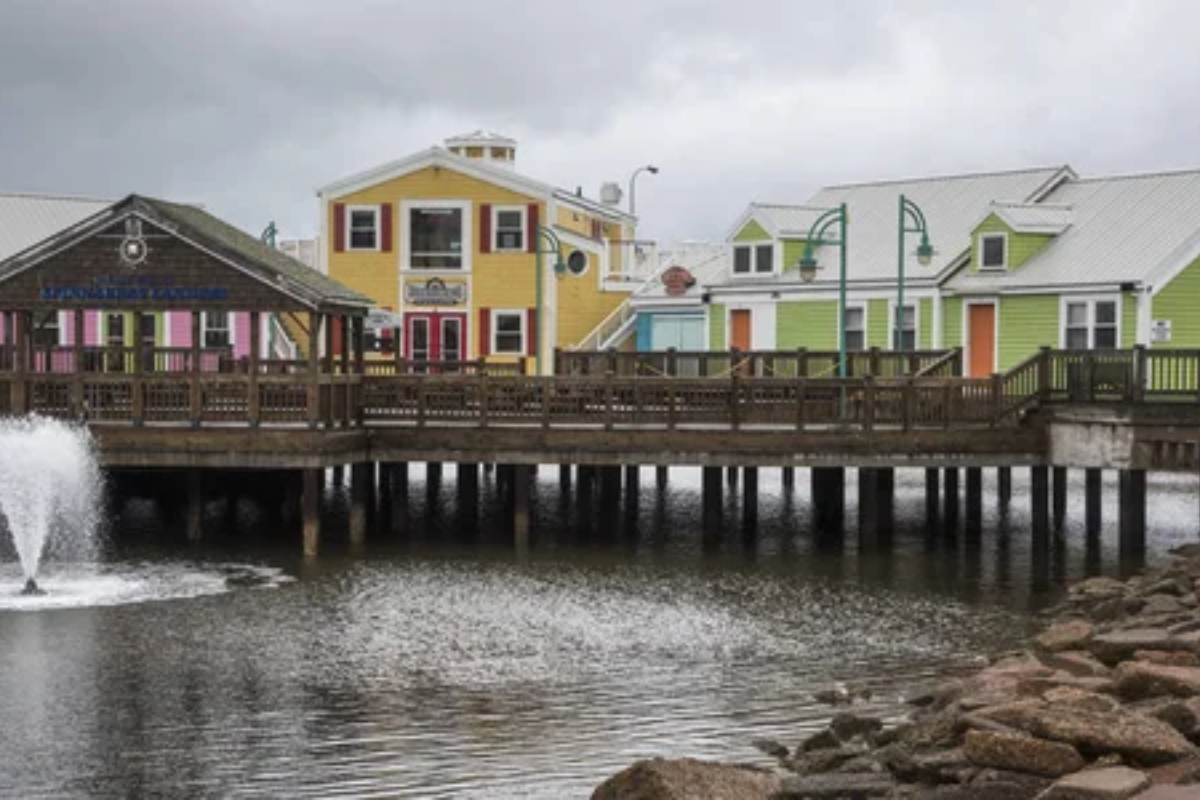
The island’s second-largest city offers a perfect blend of urban amenities and immediate access to outdoor pursuits along the Northumberland Strait. The extensive waterfront boardwalk transitions to a 6-mile coastal trail system where eagles soar overhead, and foxes often make appearances at dawn and dusk.
Wind conditions along the protected bay create ideal learning environments for windsurfing and kiteboarding, with consistent breezes that draw enthusiasts throughout the summer months. The nearby Confederation Trail segment allows cyclists to pedal through pastoral landscapes where potato fields stretch to the horizon, interrupted only by church steeples marking the center of small farming communities seemingly untouched by modern pressures.
The city’s strong Acadian heritage flavors both its cultural offerings and cuisine, with traditional music sessions often breaking out in local pubs as the sun dips below the horizon.
Like Travel Pug’s content? Follow us on MSN.
Golden, British Columbia
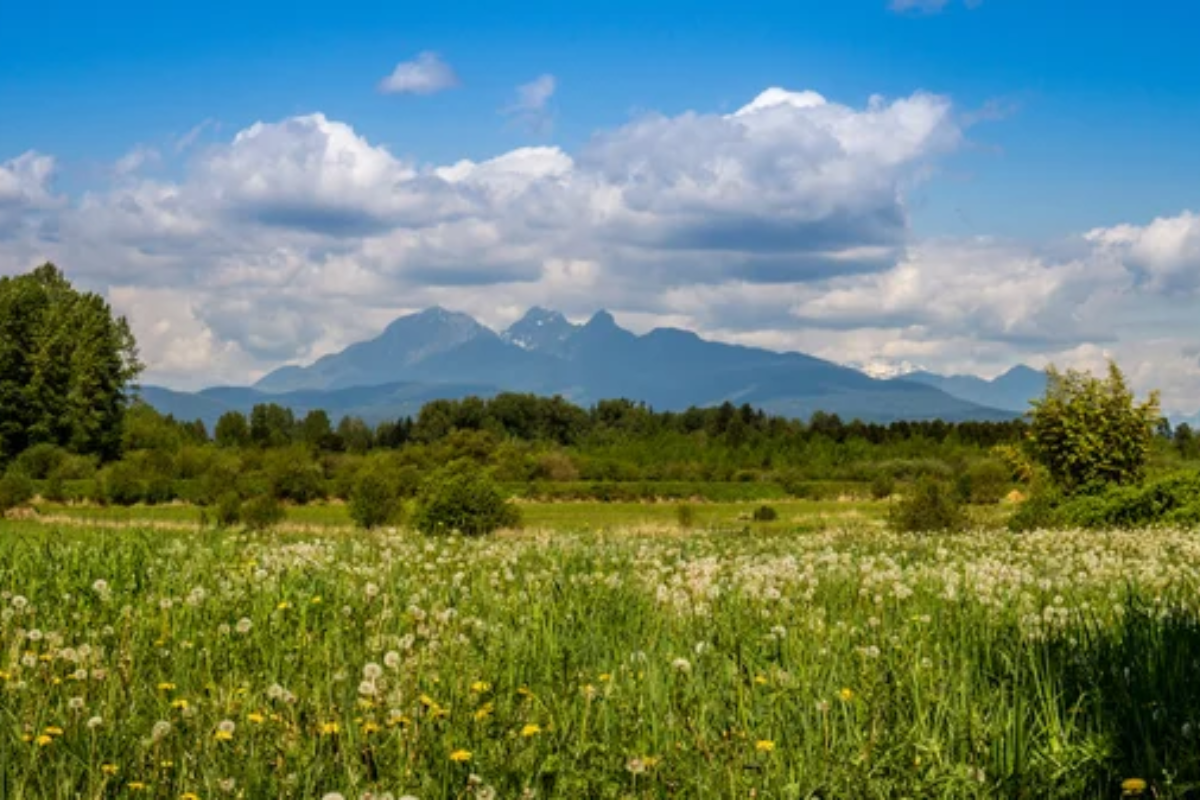
Surrounded by six national parks, this small railway town sits at the confluence of the Columbia and Kicking Horse rivers, creating a hub for water-based adventures ranging from gentle float trips to advanced whitewater kayaking. The nearby Kicking Horse Mountain Resort offers some of North America’s most challenging in-bounds skiing, with chutes and bowls that maintain their untamed character despite being accessible by gondola.
Paragliding launches from Mount 7 provide bird’s-eye views of the Columbia Valley, with ideal summer thermals making three-hour flights a regular thrill. The town’s timber-frame pedestrian bridge—the longest in Canada—spans the river to connect hiking and mountain biking trails that lead deep into surrounding wilderness areas where grizzly bears and mountain goats roam slopes too steep for human travel.
Baie-Saint-Paul, Quebec
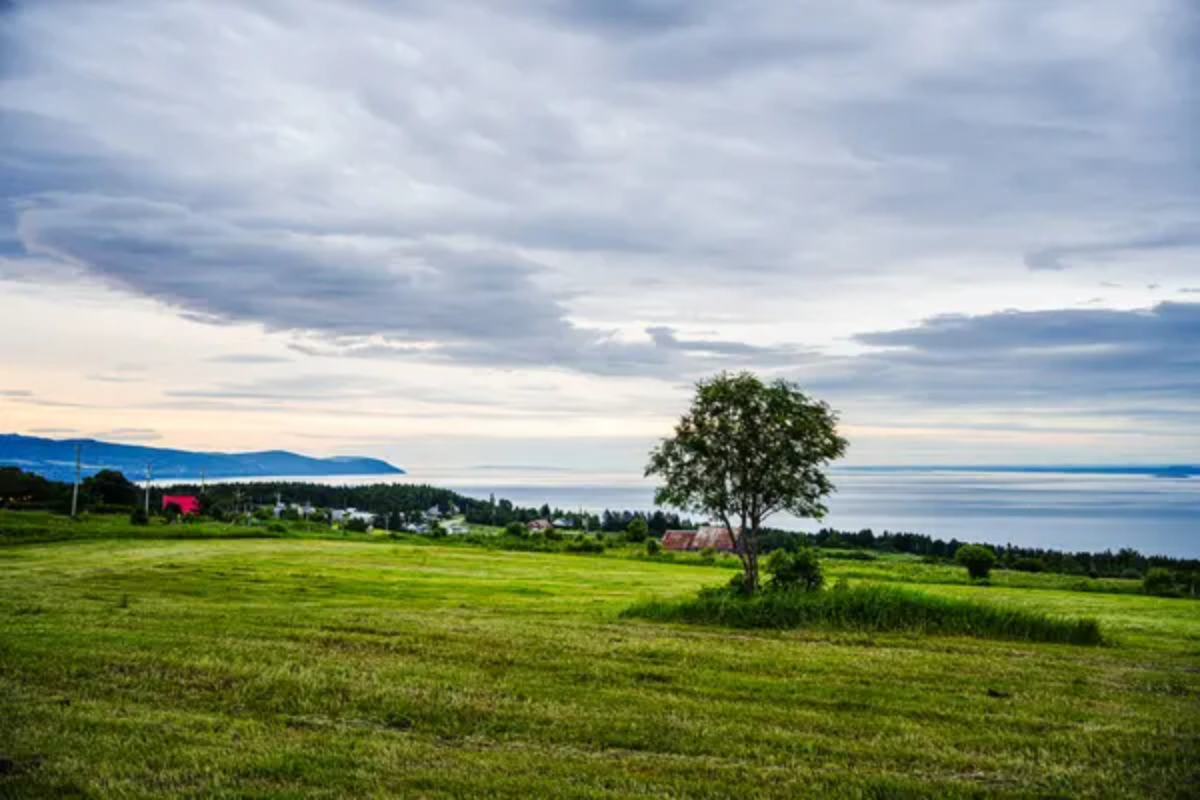
Nestled between mountains and the St. Lawrence River, this artistic community in the Charlevoix region balances cultural sophistication with immediate access to diverse outdoor environments. The Le Massif ski area features runs with the highest vertical east of the Rockies, where skiers descend toward—not from—the frozen St. Lawrence, creating the illusion of skiing directly into the massive waterway.
Summer brings kayakers paddling between tidal marshes where beluga whales often feed just offshore, their distinctive white forms visible against the deep blue channel. The surrounding Charlevoix Biosphere Reserve status has preserved landscapes ranging from maritime ecosystems to mountain plateaus, all accessible via trails beginning near the town’s gallery-lined streets where the Cirque du Soleil was founded decades ago.
Smithers, British Columbia
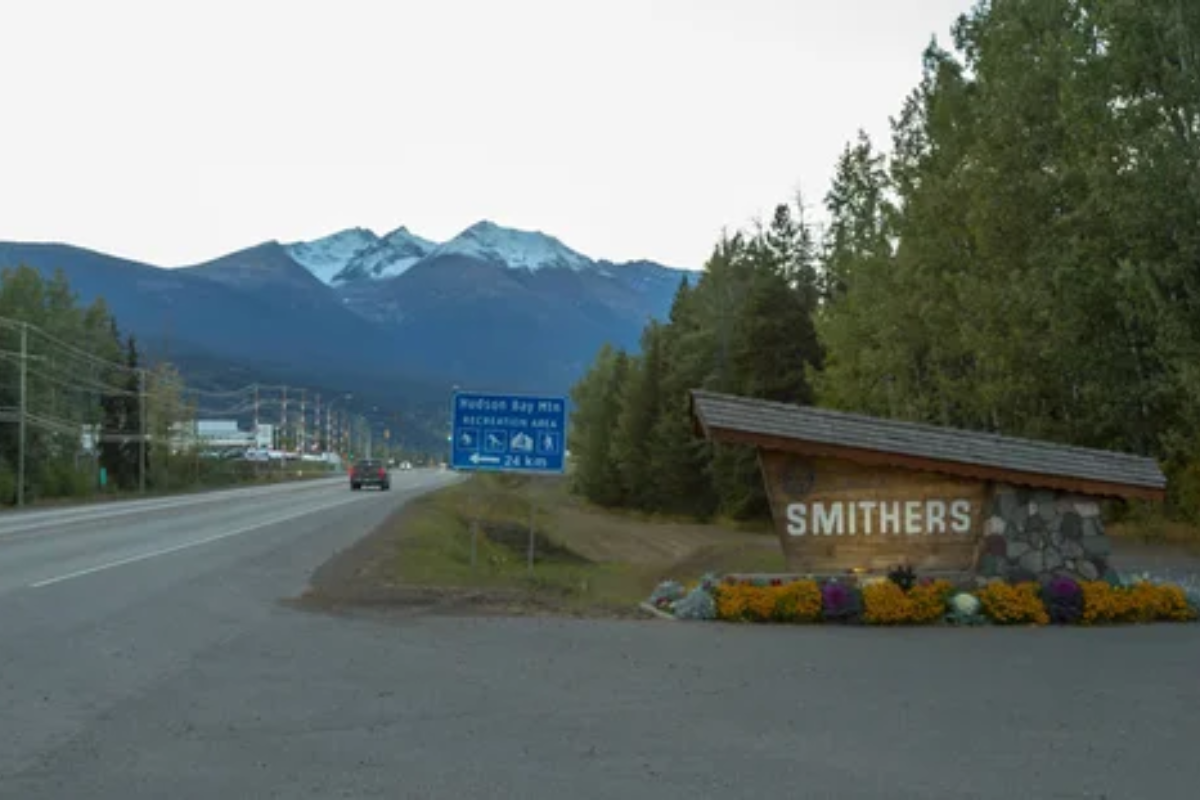
Dominated by Hudson Bay Mountain’s distinctive profile, this alpine-themed town in northern British Columbia serves as the gateway to some of Canada’s most untamed wilderness. The Babine Mountains Provincial Park offers multiday backcountry experiences where hikers might not encounter another human for days while exploring alpine meadows filled with wildflowers during the brief northern summer.
Steelhead anglers wade into the legendary Bulkley River that flows along the town’s edge, casting for trophy fish in waters considered among the finest fly fishing destinations on the continent. The local Indigenous Wet’suwet’en culture adds rich historical context to adventures through territories their people have stewarded for thousands of years, with opportunities to learn traditional practices still integrated with the surrounding natural world.
Like Travel Pug’s content? Follow us on MSN.
Gananoque, Ontario
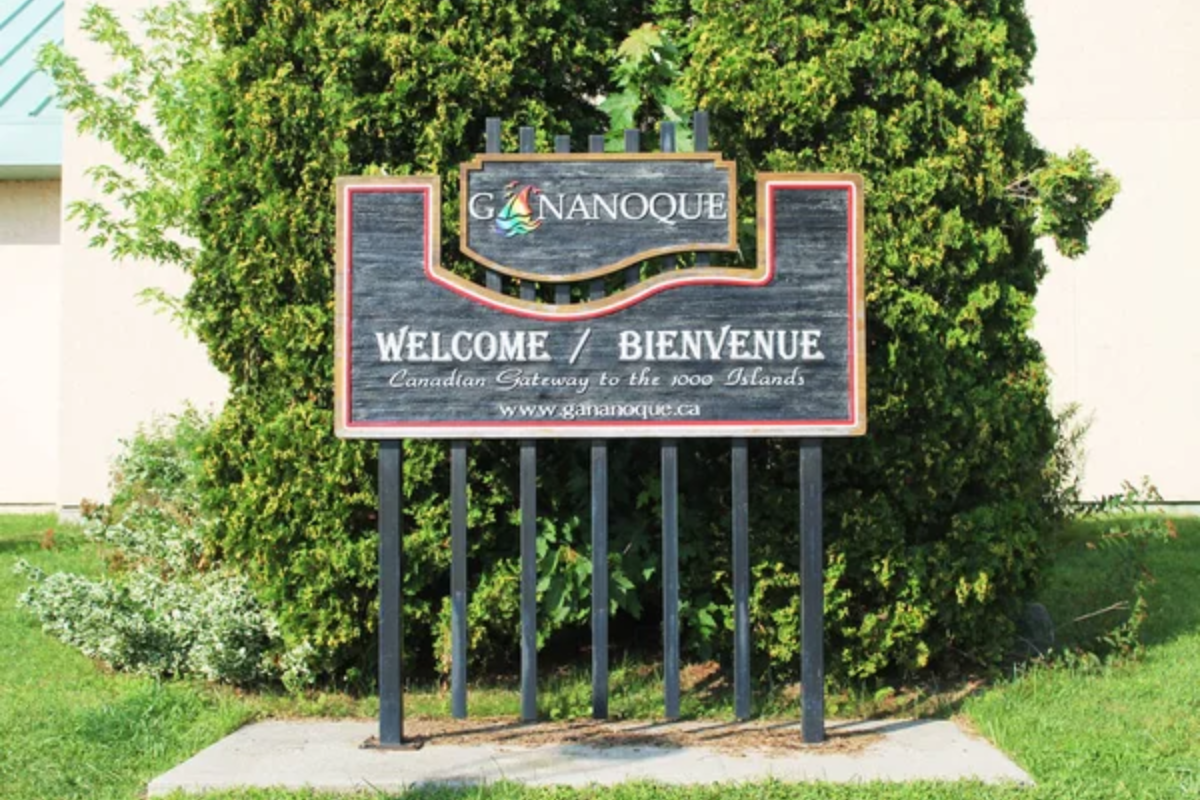
Positioned where the St. Lawrence River meets Lake Ontario, this historic town serves as the gateway to the Thousand Islands—an archipelago where the Canadian Shield creates a maze of granite islands topped with wind-sculpted pines. Kayakers paddle between these islands along routes once used by Prohibition-era rum-runners, discovering hidden coves and channels that large tour boats can’t access. The Frontenac Arch Biosphere creates a unique ecological corridor where southern species reach their northern limits, and northern species reach their southern boundaries, resulting in exceptional biodiversity just minutes from downtown.
The St. Lawrence Parks Commission maintains countless swimming beaches and picnic areas along shorelines where the mighty river widens toward the Great Lakes, creating calm water conditions perfect for stand-up paddleboarding with views of historic castles built by Gilded Age industrialists.
Alma, New Brunswick

This tiny fishing village sits at the entrance to Fundy National Park, where the world’s highest tides dramatically transform the landscape four times daily. Visitors time their adventures around the 40-foot tidal exchanges that alternately flood and drain the harbor, where fishing boats rest on the ocean floor at low tide before floating again hours later without changing position. Hikers explore trails leading through Acadian forests to waterfalls that change character with rainfall levels, creating different experiences even for repeat visitors.
The Fundy Footpath extends along some of the last remaining coastal wilderness on North America’s eastern seaboard, where backpackers must plan their itineraries around tide tables to safely navigate sections where trails disappear beneath high waters twice daily.
Revelstoke, British Columbia
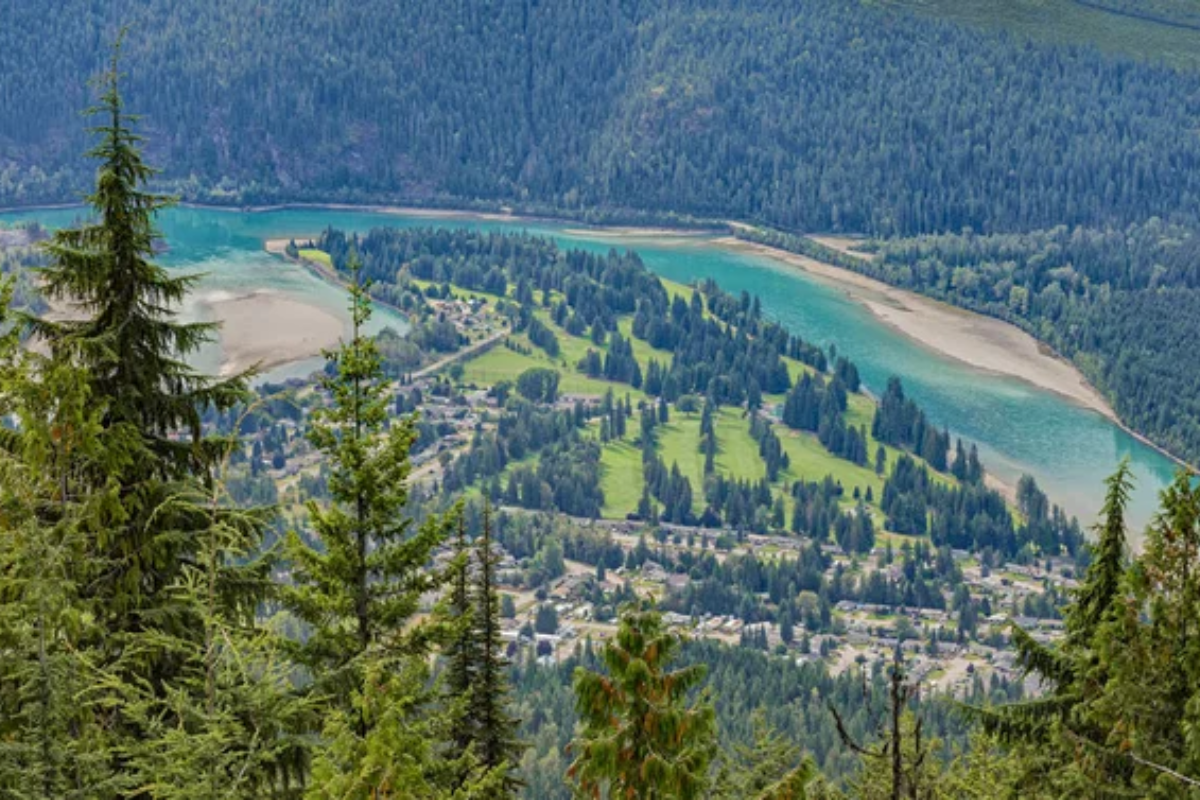
Surrounded by the Selkirk and Monashee mountain ranges, this former railway town has transformed into a year-round adventure destination while maintaining its authentic working-class character. The nearby resort holds the North American record for annual snowfall, with over 40 feet regularly burying slopes accessed by lifts offering the continent’s greatest lift-served vertical drop.
Summer brings mountain bikers to newly developed trail networks featuring massive wooden features built by the town’s significant Scandinavian population using traditional timber-framing techniques. The massive hydroelectric dams on the Columbia River have created spectacular waterways for paddlers while preserving the historic downtown filled with heritage buildings now housing outdoor gear shops and farm-to-table restaurants sourcing ingredients from the surrounding fertile valley.
Like Travel Pug’s content? Follow us on MSN.
Owen Sound, Ontario
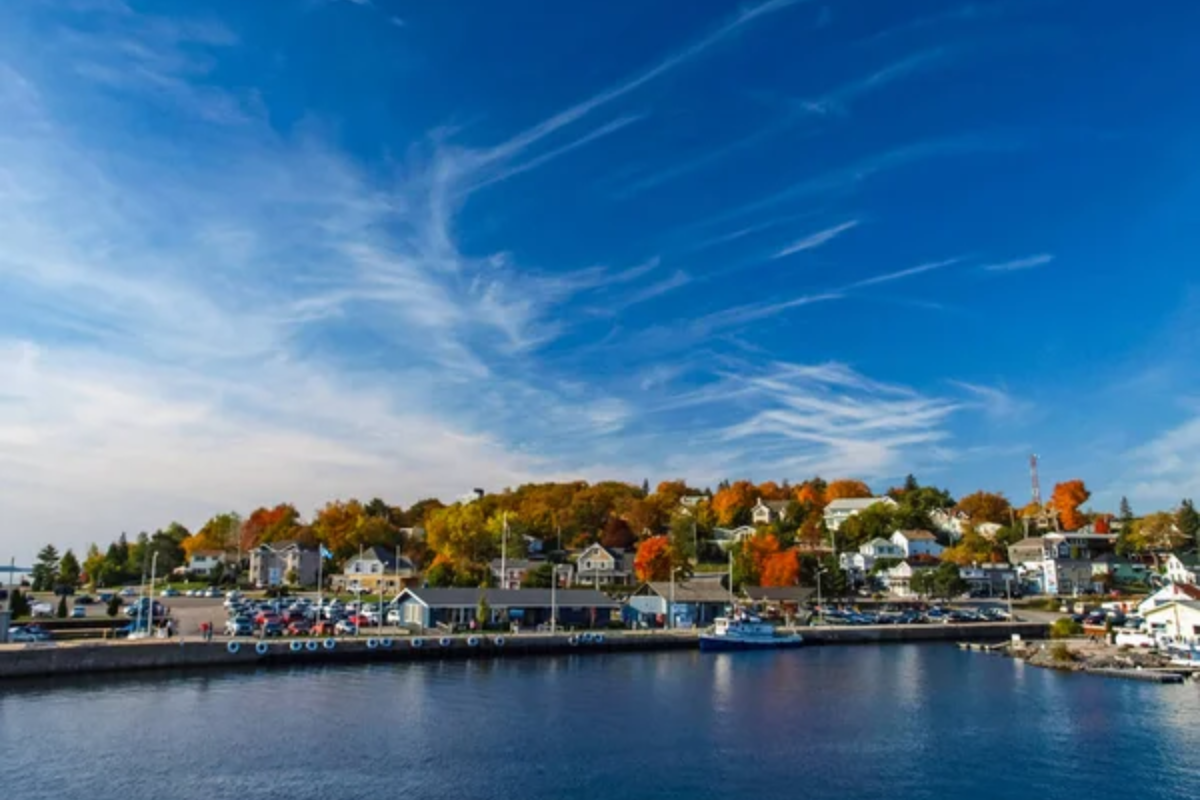
Positioned where the Niagara Escarpment meets Georgian Bay, this historic port city offers adventures along both shorelines and the limestone cliffs that have earned UNESCO World Biosphere Reserve status. The Bruce Trail—Canada’s oldest and longest marked hiking path—passes directly through town on its 800-kilometer journey along the escarpment from Niagara to Tobermory.
Paddlers explore the shoreline’s countless small coves and sea caves carved into ancient limestone formations dating back over 400 million years. Winter transforms the region’s numerous waterfalls into ice-climbing venues where crystalline formations create otherworldly climbing opportunities just minutes from downtown coffee shops. The city’s natural harbor—once among the busiest ports on the Great Lakes—now hosts recreational sailors exploring Georgian Bay’s famously clear waters and granite-island archipelago extending toward the horizon.
A Northern Perspective
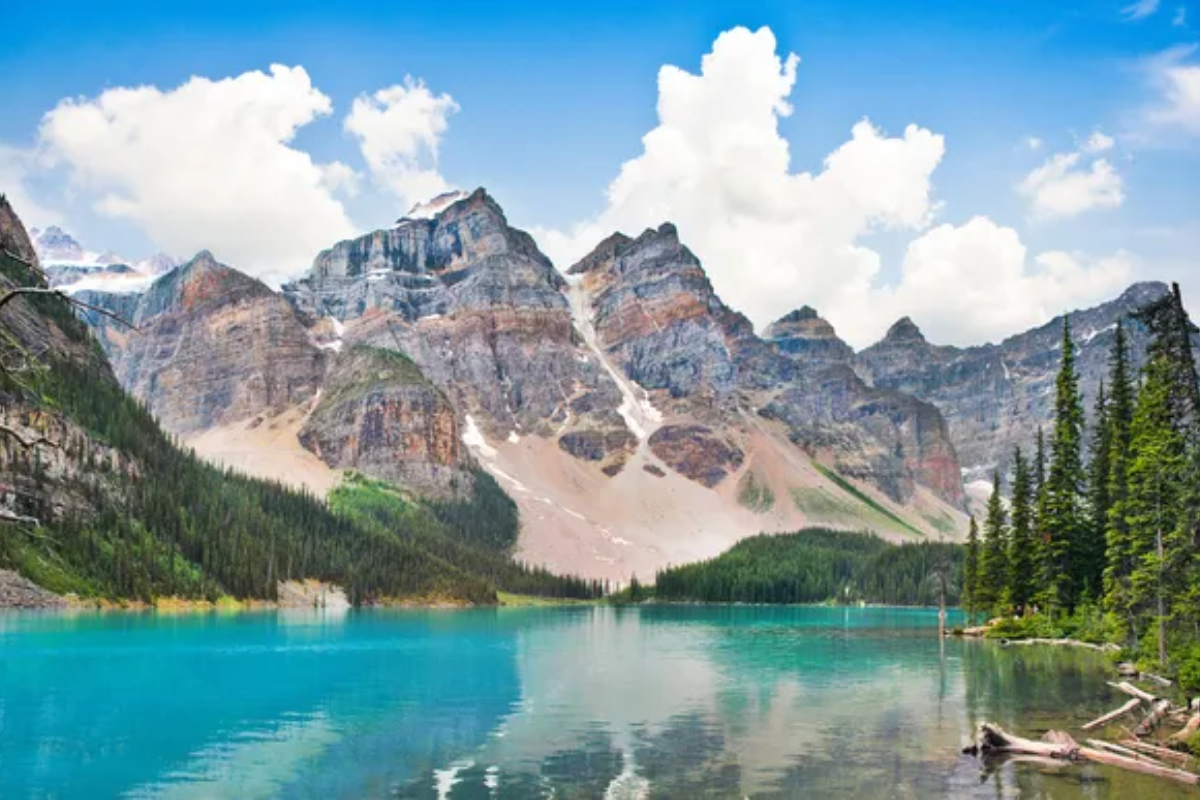
These small Canadian cities demonstrate that remarkable adventures don’t always require remote access or complicated logistics—sometimes, they’re waiting just beyond the city limits, easily reached between your morning coffee and dinner reservation. Each combines the practical comforts of urban environments with the soul-stirring natural experiences that define Canadian identity.
They remind us that sometimes the most fulfilling adventures come from places modest in population but boundless in opportunity—proving definitively that in the realm of outdoor experiences, these small cities punch far above their weight class.
More from Travel Pug

- Cities Growing so Fast You Won’t Recognize Them in 10 Years
- 13 Destinations Where Tourists Regularly Regret Their Trip
- 16 U.S. Cities That Are Quietly Becoming Travel Hotspots
- Where to Travel If You Love Long Bus Rides and Daydreams
- 20 Cities Perfect for Solo Travelers Who Crave Adventure & Culture
Like Travel Pug’s content? Follow us on MSN.
